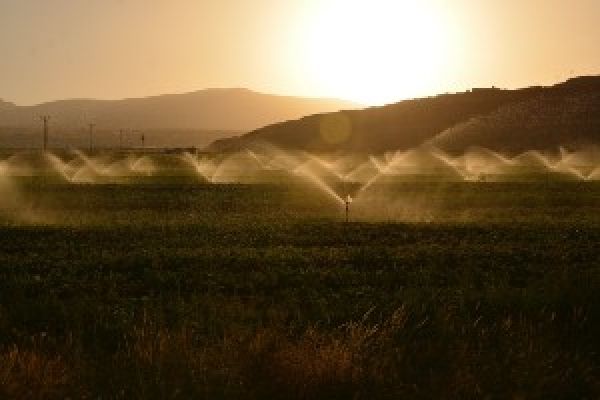Research by the University of Reading, University of Bergen and Princeton University shows the amount of land that will require human intervention to water crops by 2050 has been severely underestimated due to computer models not taking into account many uncertainties, such as population changes and availability of water.
The authors of the study, published in Geophysical Research Letters, argue forecasters and policy-makers need to acknowledge multiple future scenarios in order to be prepared for potential water shortages that would have huge environmental costs.
Dr Samuele Lo Piano, a postdoctoral researcher in the School of the Built Environment at the University of Reading who co-authored the study, said: “Assumptions being made on the size of irrigated areas in the future mean we are overlooking many potential challenges and making bad decisions.
Continue reading at University of Reading
Image via University of Reading


